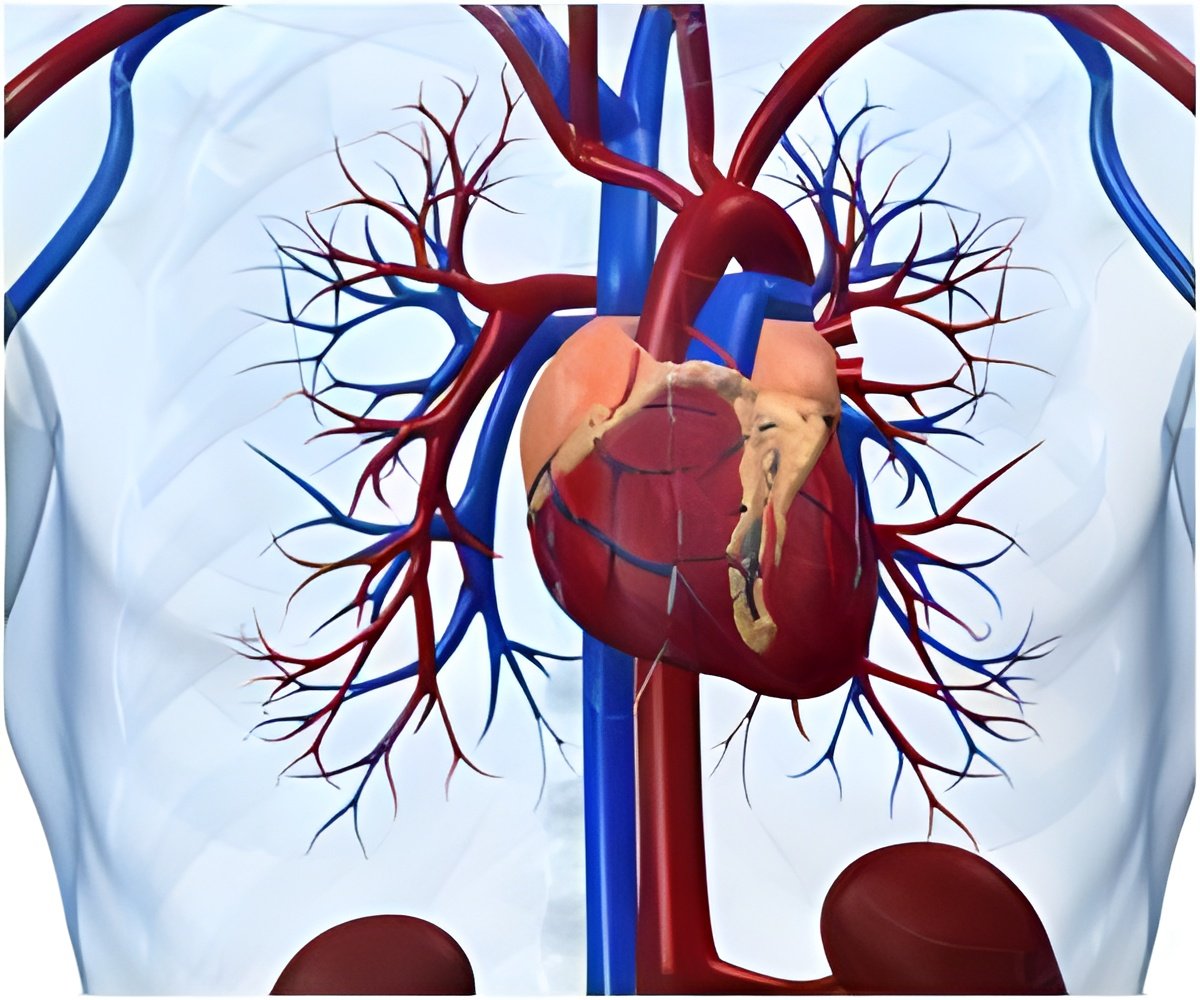
Khohka said that the frog is a good model for testing genes identified from patients with heterotaxy because the developmental program to establish the left-right axis is nearly identical in frogs compared to humans.
"Five of the seven genes we identified in heterotaxy patients also cause left-right axis abnormalities in frogs when CNV genes were reduced," said Khohka. "Therefore, we have shown that children with heterotaxy have a higher burden of CNVs that also cause abnormalities in frogs."
Khokha explained that while humans may appear symmetric across our right and left sides externally, internally our organs are not symmetric. For example, our heart sits on the left side of our body along with the stomach and spleen. Our liver sits on the right. Also, the left and right side of the heart perform very different functions; the right side pumps blood to lungs while the left pumps blood to the body. In children with heterotaxy, because the body cannot properly place the organs on the left or right sides, the heart in particular is severely malformed and can lead to severe disease. In fact, about 90 percent of these children have complex congenital heart disease, which requires surgery to reconstruct their hearts for the child to survive.
"This study is a big step toward understanding what causes congenital heart disease and hopefully will give us some idea of which genes lead to better or worse outcomes," said Khohka. "We also hope to improve our understanding of the genes that affect left-right development and the mechanisms involved in determining your left side from your right side. We also believe our results show that combining human genetics with rapid model systems such as the frog will allow us to rapidly identify genes that affect embryonic development and better understand the causes of these childhood diseases."
Martin Brueckner, a senior author on this study has been awarded a U01 grant from the NHLBI of the NIH. In this "bench to bassinet" program, they plan to identify many more patients with congenital heart disease and identify the mutations that have caused their disease. A better understanding of the mutations that cause congenital heart disease might allow physicians to tailor surgery and long-term care to improve patient outcomes, he said, adding that congenital heart disease is clearly a broad spectrum of diseases and identifying the causative genes will allow physicians to better define the specific disease for any one patient.
Advertisement















